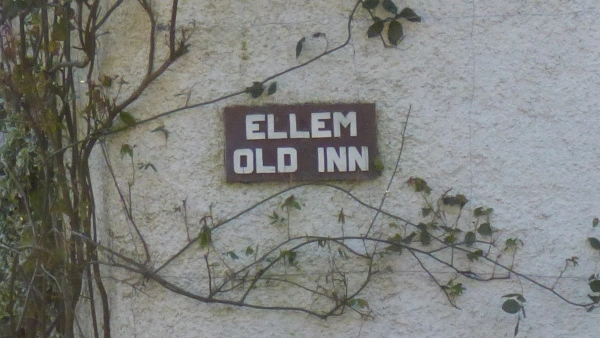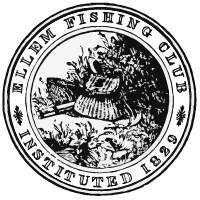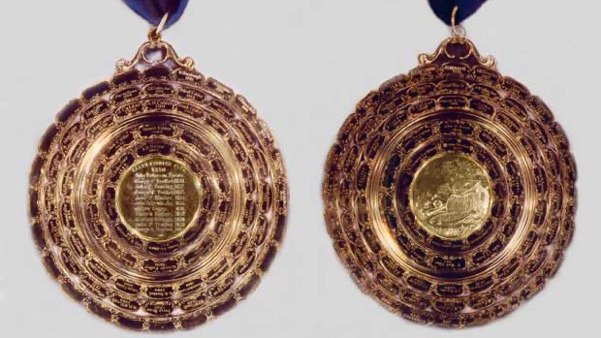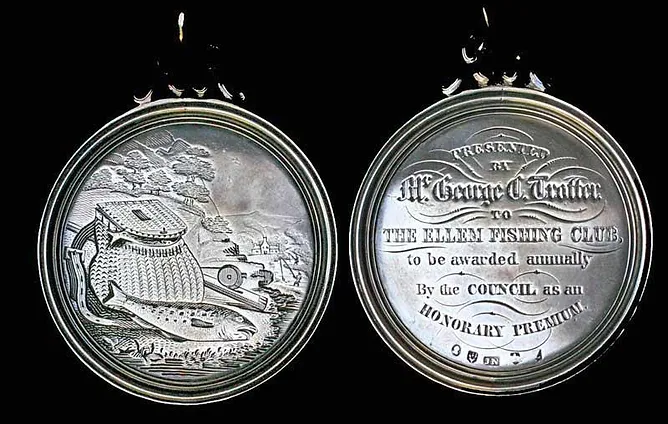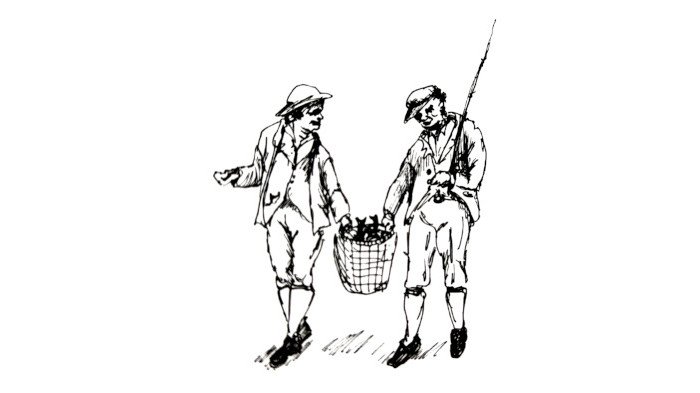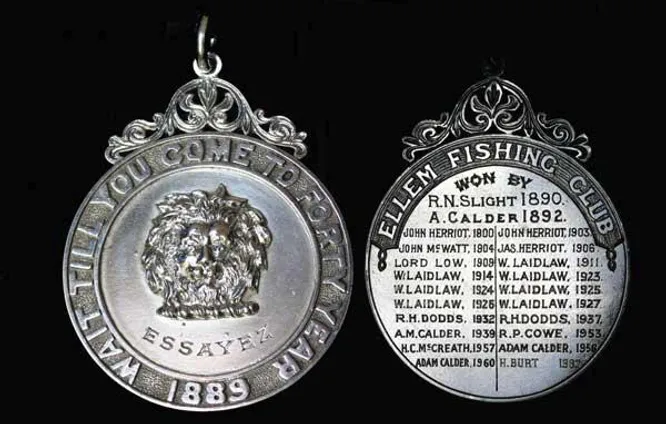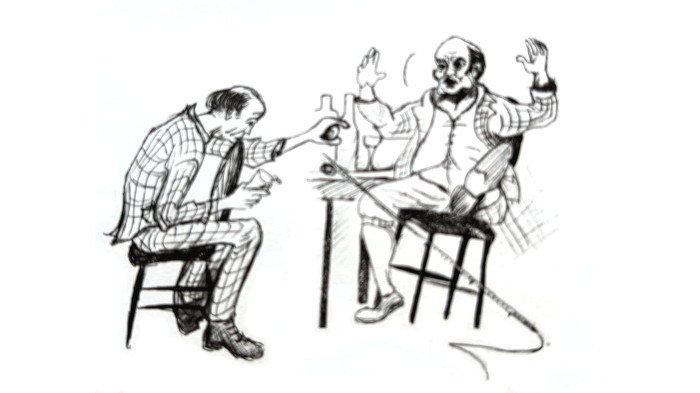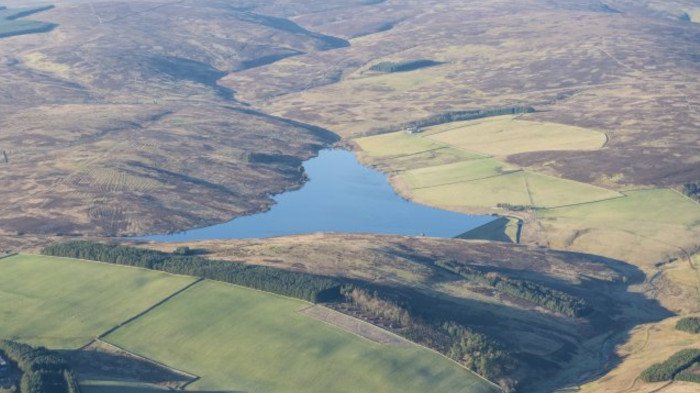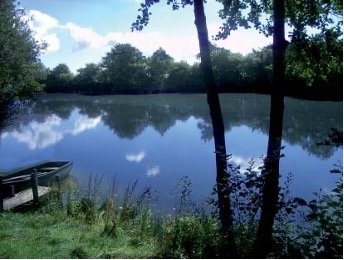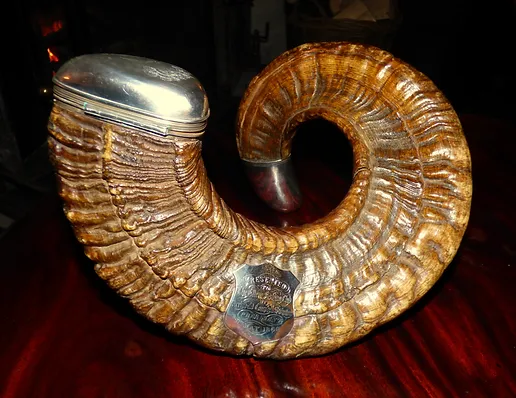At the AGM the Secretary expressed his concern that the Club’s Gold, Trotter and Dundas medals which he considered not only to be of sentimental value, but also were financially valuable. After some discussion it was agreed that the medals be insured. The then valuations were £100, £50 and £50 respectively. Today, the valuation of the Gold Medal is £35,000!
Prior to the medals being insured, the medals were retained by the winner for a period of one year. Previously in 1834 a ruling was introduced that the winner of the Club Medal had to sign a statement 'Received the Medal of the Ellem Fishing Club awarded to me this day, which I hereby oblige myself to return to the secretary, on or before the day of the next competition in terms of Article Fifth of the Constitution and Regulations dated 29th April 1830, under a penalty of Twenty Five Guineas'.
There is no record of when such an undertaking ceased but today at the directive of the insurance company, when the medals are presented to the winners at the Annual Dinner, they are immediately returned to the Club for safe keeping under lock and key at a secure location.
A replica of the Gold Medal is on display in our Exhibition at Paxton House.
